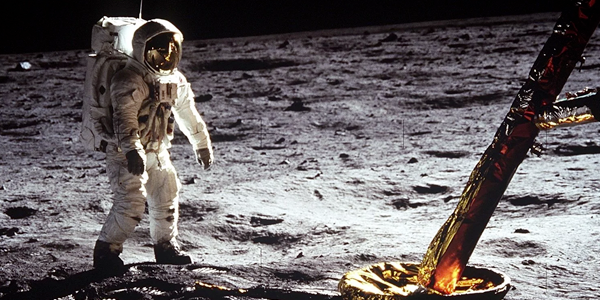This weekend marks the 50th anniversary of the Apollo 11 moon landing, when two humans took their first steps on the lunar surface. To celebrate this event that defined the age and a generation, we're gathering the best space-themed maker projects so you can inspire the next generation to explore.
1. Build a ISS Orbit Tracker
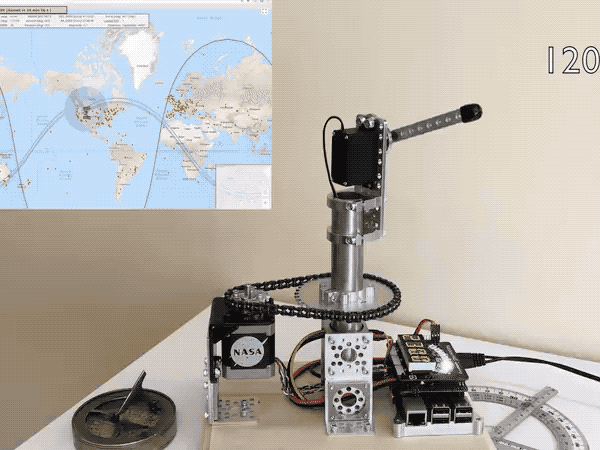
ISSOT keeps track of the International Space Station and gives you a visual indication of its location; even if you can’t see it.
2. Learn about the Sun, Earth and Moon with Scratch and Makey Makey
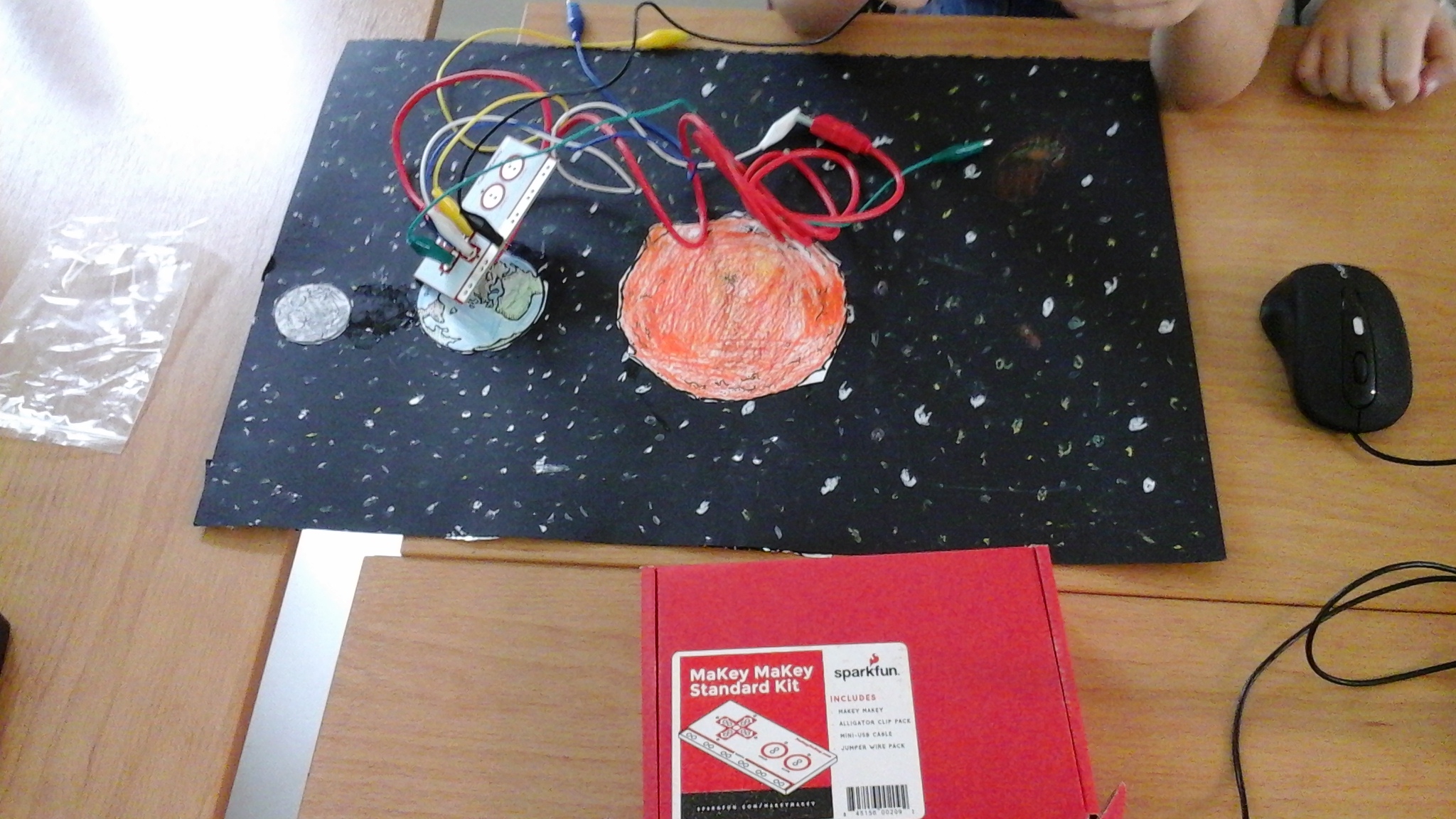
This starter project teachers learners to code with Scratch by creating the virtual world of the Sun, Earth and Moon model. They also learn about electricity and conductivity with a Makey Makey standard kit, which is connected to the PC and linked to the virtual world in Scratch.
3. Space Invaders
A little bit of retro gaming, anyone? This project implements Capacitive Touch to a Space Invaders game that runs on a Raspberry Pi.
Don't have an OLED screen? You can use pi-top [4]'s mini screen to code and play retro video games!

4. Budget astrophotography
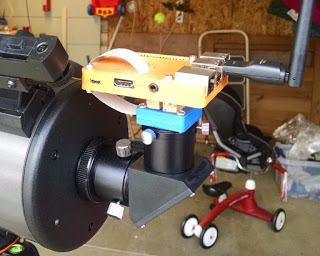
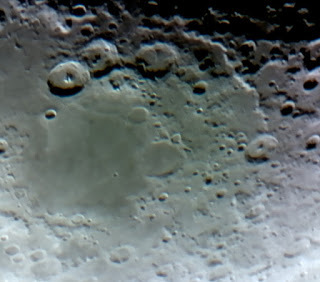
Jason Bowling attached to his telescope a Raspberry Pi and a camera module and the results are astonishing.
5. Mars farm
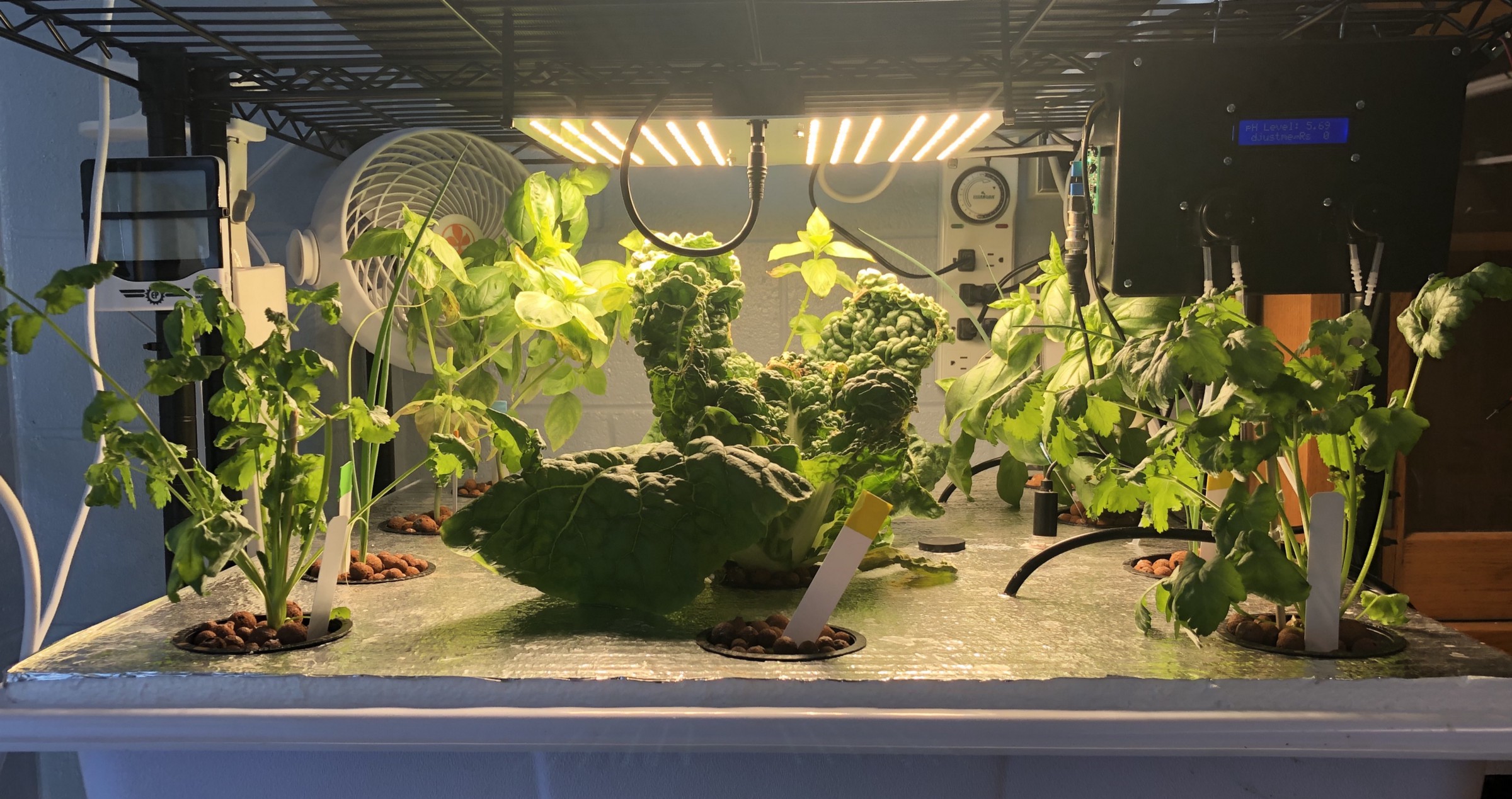
It's no secret. We're big fans of Chris Regini and we’ve discussed before on the blog his epic hydroponics system he and his students set up in their school’s maker space.
He even inspired us to explore soilless cultivation and we ended up building a hydroponics farm powered by pi-top [4].
6. LED space helmet
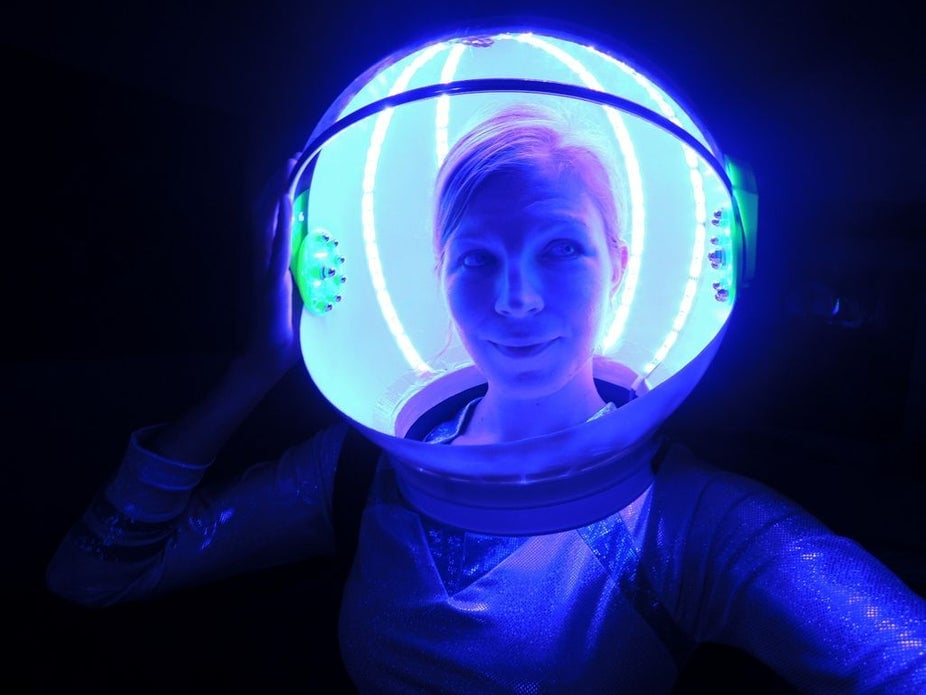
Although this helmet is not space approved, it looks pretty awesome!
7. Mini Mars rovers
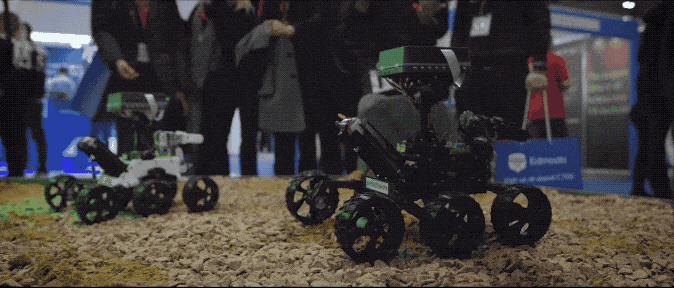
Earlier this year, pi-top's VP of technology and NASA enthusiast, Wil Bennett, decided to build not one but two mini Mars rovers to showcase what you can make with pi-top [4].
They have six independently-driven wheels, a robotic arm with six-degrees-of-freedom, a camera, and various environmental sensors to monitor air temperature, pressure and humidity. Unlike real rovers, ours are built entirely out of laser-cut and 3D printed parts.
7. Braille astronomy
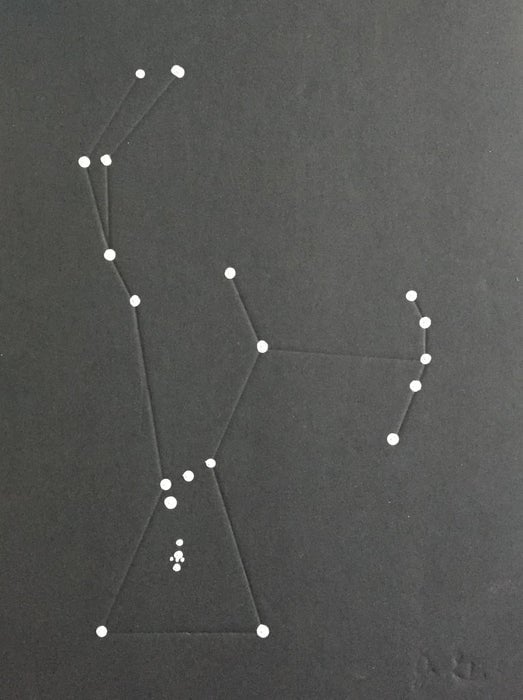
Share the amazing world of astronomy / astrophotography with the blind and the visual impaired. This project will do that in a simple fashion with just few supplies and cheaply.
9. High-altitude ballooning
PI868 flight achieved the highest images from an amateur balloon - max altitude reached was 43,014 metres. This is one of the better images pic.twitter.com/ZSgiWW9P5b
— Dave Akerman (@daveake) August 13, 2017
High-altitude ballooning (HAB) is a multi-skilled hobby which allows you to explore the edge of space. To do so, a payload (often an insulated box containing some tracking equipment such as a GPS and a radio, and often sensors and/or cameras) is attached to a balloon which is filled with helium and then released. A basic flight can cost less than £200/$260, making this hobby perfect for students, as it lets you view the Earth from as high as 30km/18miles up.
When talking about HAB, it’s impossible not mention Dave Ackerman, a self-employed PC and embedded systems programmer, and avid high-altitude balloonist. Dave’s love for launching weather balloons (the most common type of high-altitude balloons) into space has led him to help schools develop their own in-house space programs.
10. Steampunk-themed planetarium
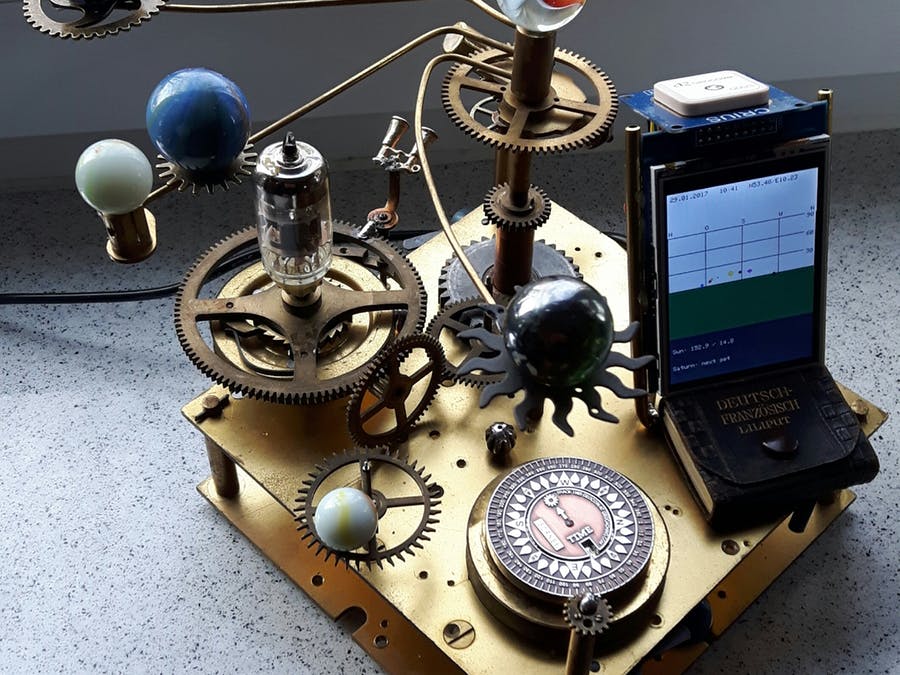
The planetarium is powered by an Arduino and uses planet data coming from JPL / NASA. Need more reasons to start building yours?
11. Conduct scientific investigations in space
Back in 2015, two space-hardened Raspberry Pi computers, called Astro Pis, equipped with environmental sensors (a Sense HAT) were sent to the International Space Station.
As a result of this joint experiment by the Raspberry Pi Foundation and ESA Education, the European Astro Pi Challenge was born. The program offers young people the opportunity to conduct scientific investigations in space, by writing computer programs that run on the Raspberry Pi computers aboard the ISS. Sadly, Mission Space Lab 2018/2019 is now closed, but you can sign up for our mailing list for updates about future missions!
Honourable mention
“There was no second chance. We all knew that.” Margaret Hamilton led the team that developed the building blocks of software engineering — a term that she coined herself — for Apollo guidance. Remember the women who made #Apollo50th possible: https://t.co/lq8K380g1V pic.twitter.com/nJPRbhi1Jg
— Women@NASA (@WomenNASA) July 17, 2019
Margaret Hamilton was the director of the MIT Instrumentation Laboratory, now known as Draper Labs, in 1969. She led led the team that created the onboard flight software for the Apollo missions, including Apollo 11. The computer system was the most sophisticated of its day and her rigorous approach was so successful that no software bugs were ever known to have occurred during any crewed Apollo missions.
Just in time for the 50th anniversary, the original Apollo 11 guidance computer (AGC) source code for Command Module (Comanche055) and Lunar Module (Luminary099) has been transcribed or otherwise adapted from digitised images of a hardcopy from the MIT Museum. And great news for us, the entire computer code is available on GitHub.
